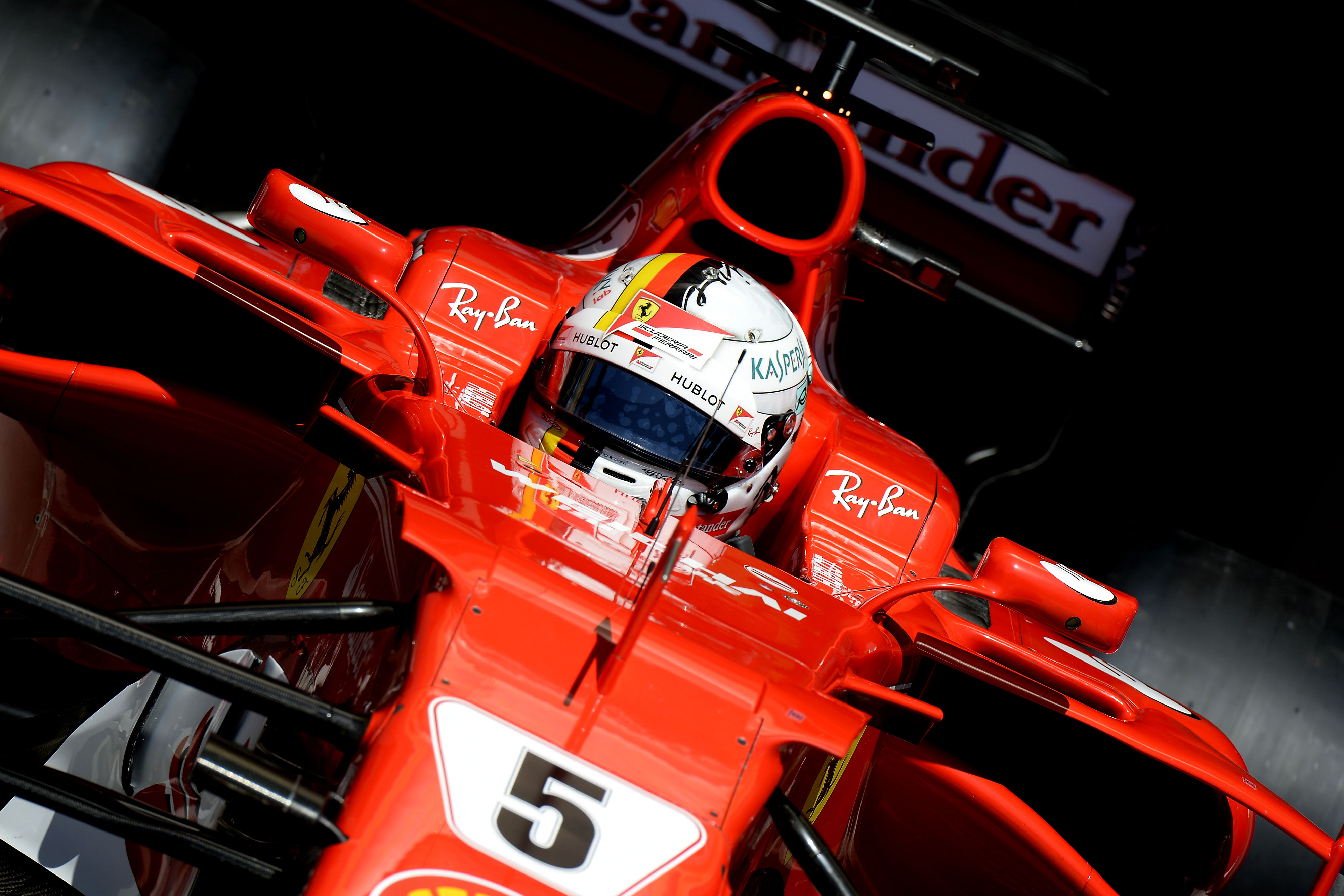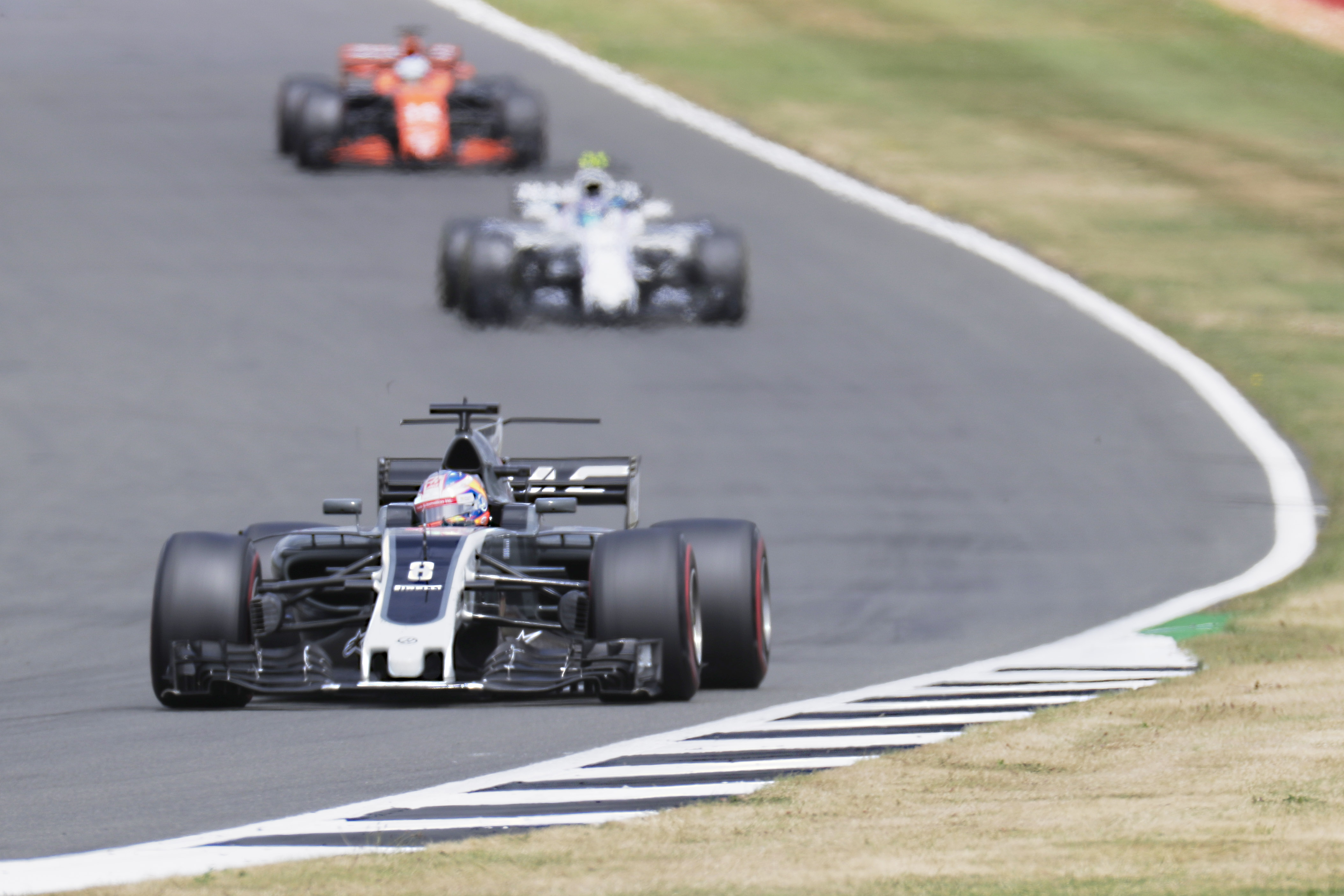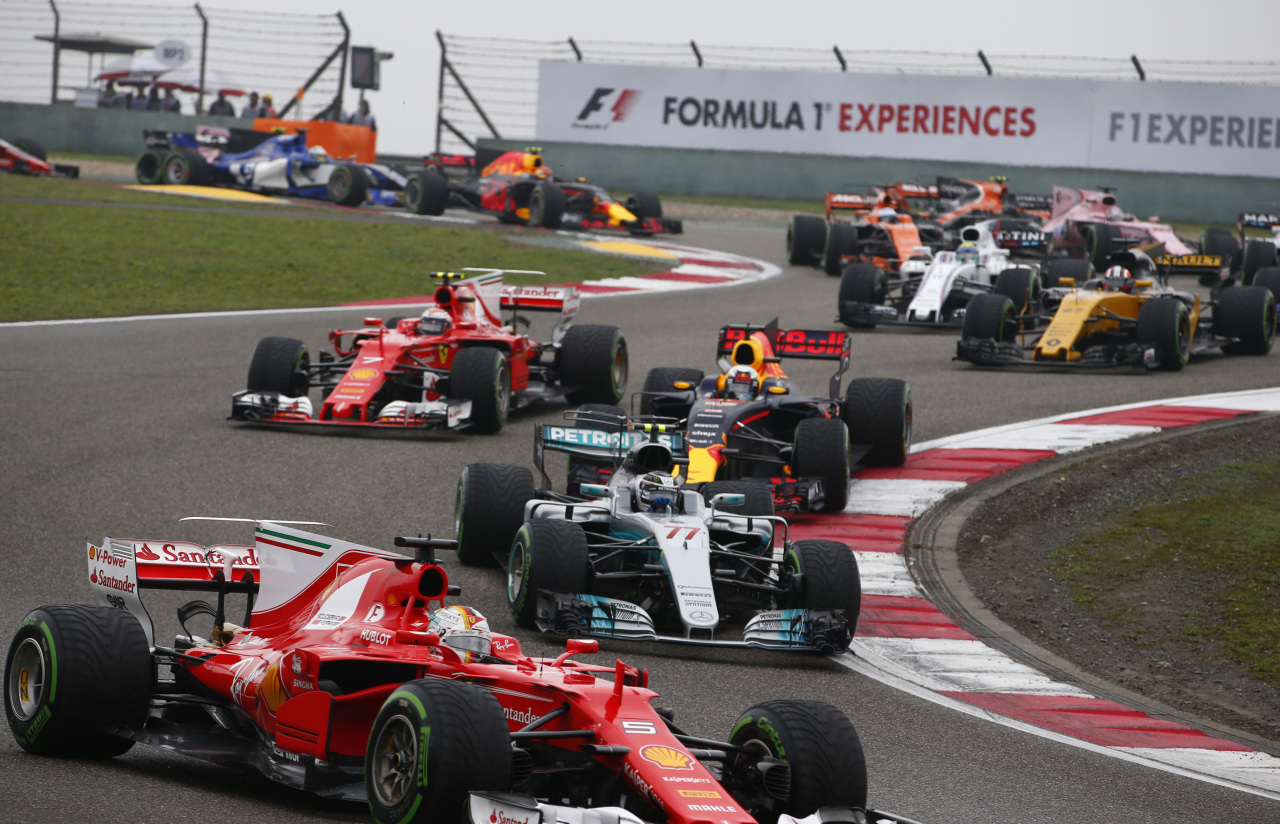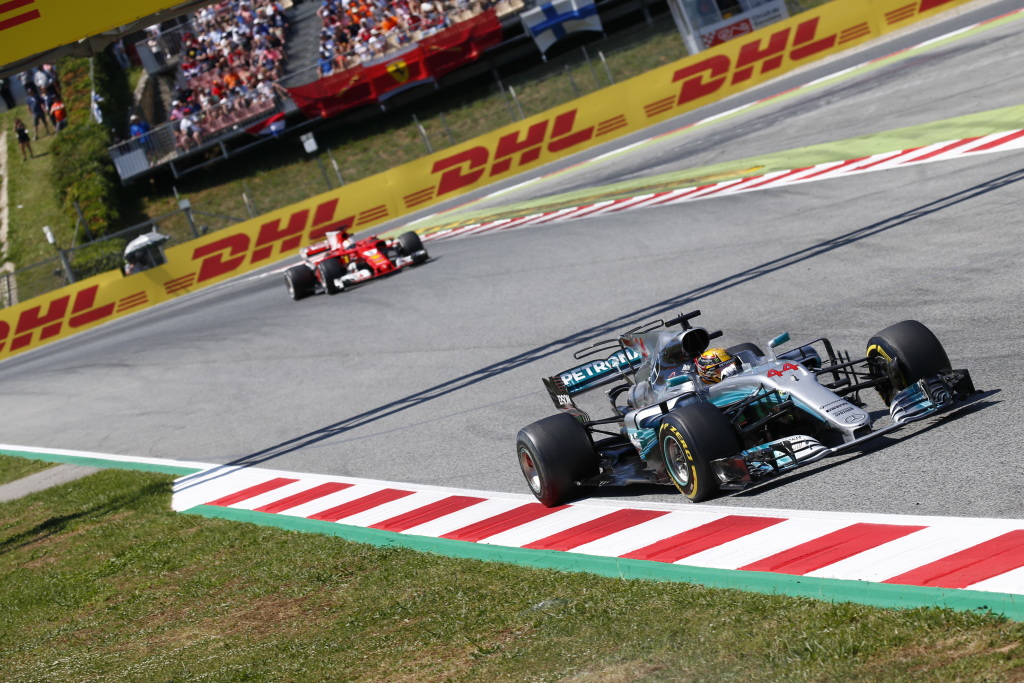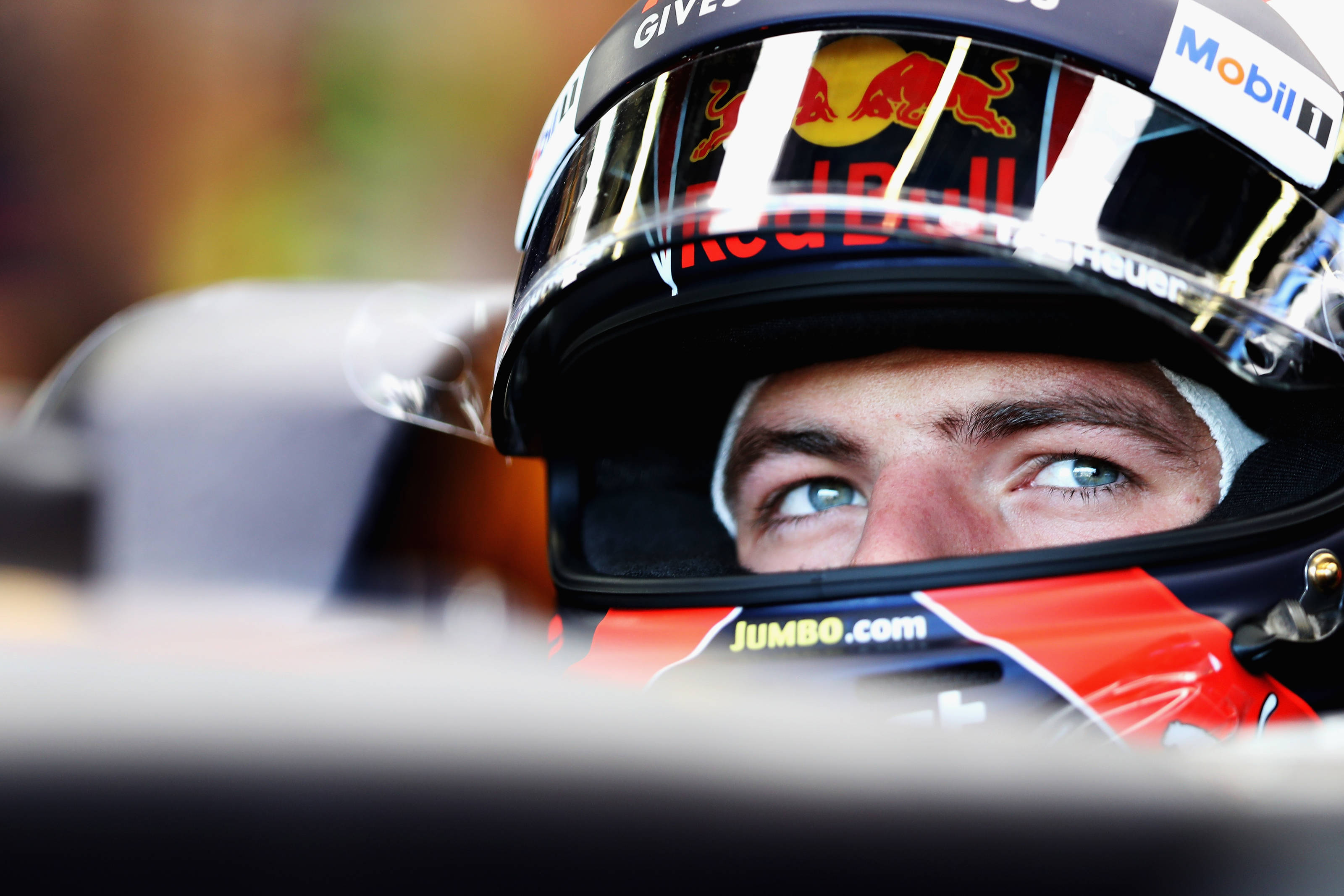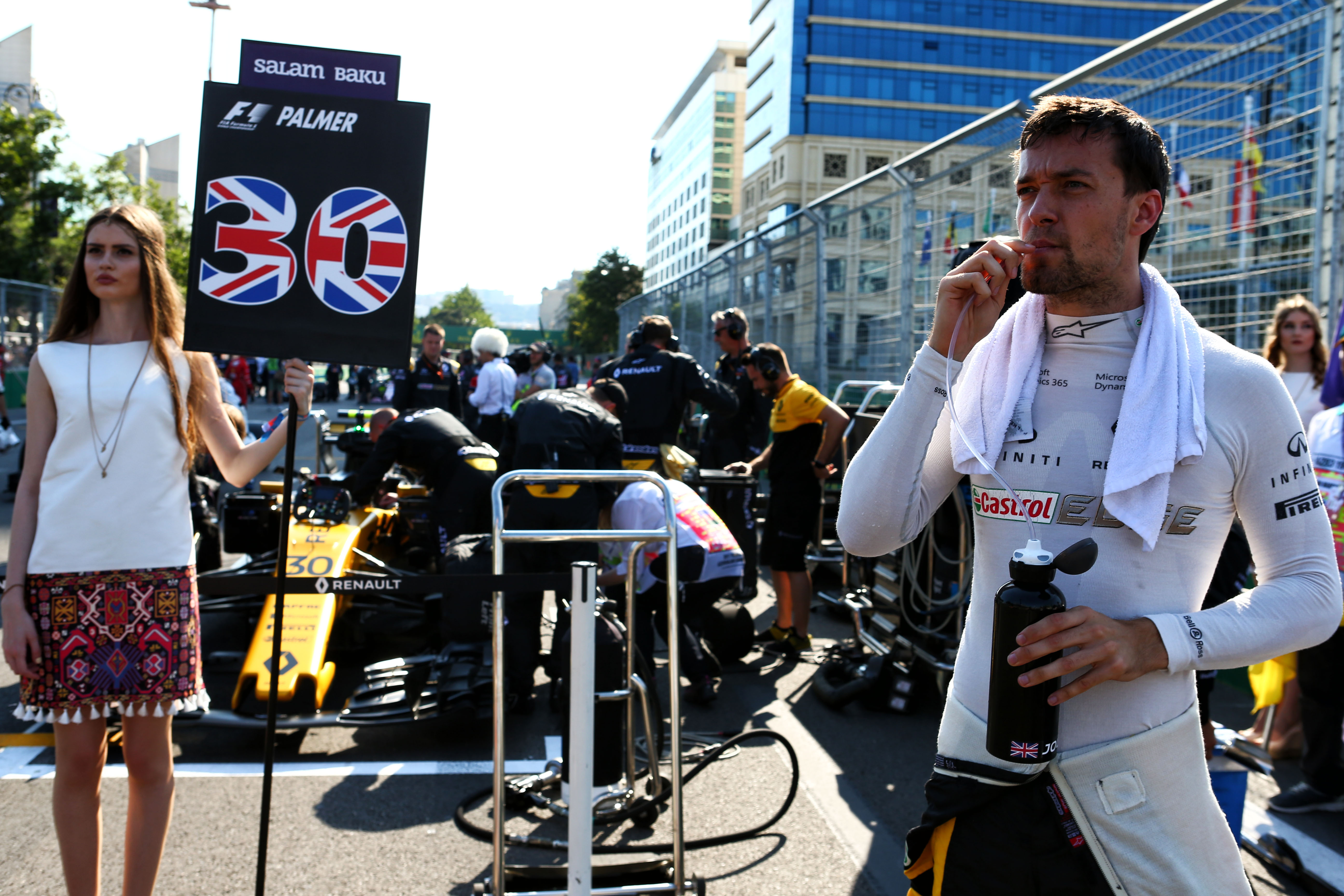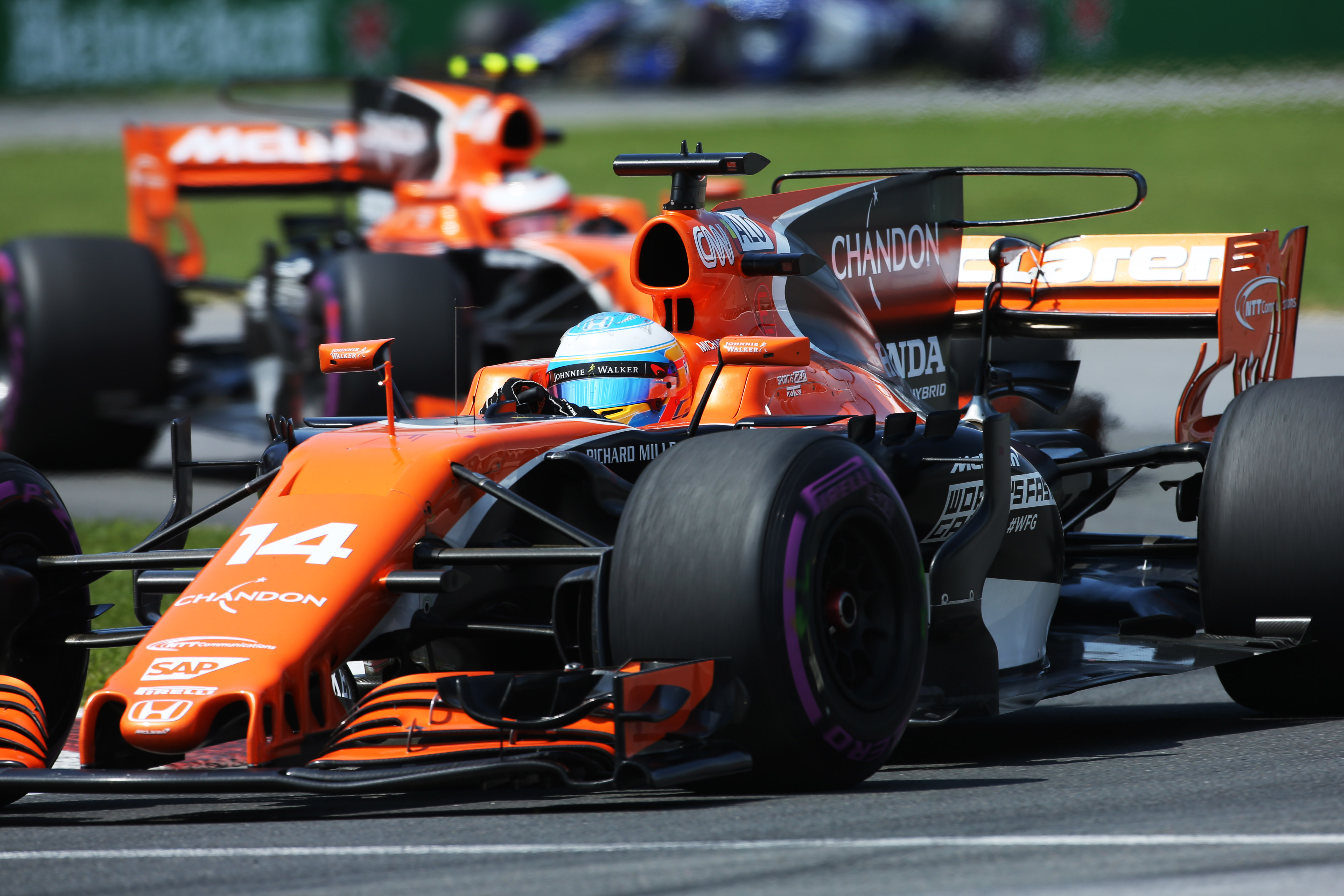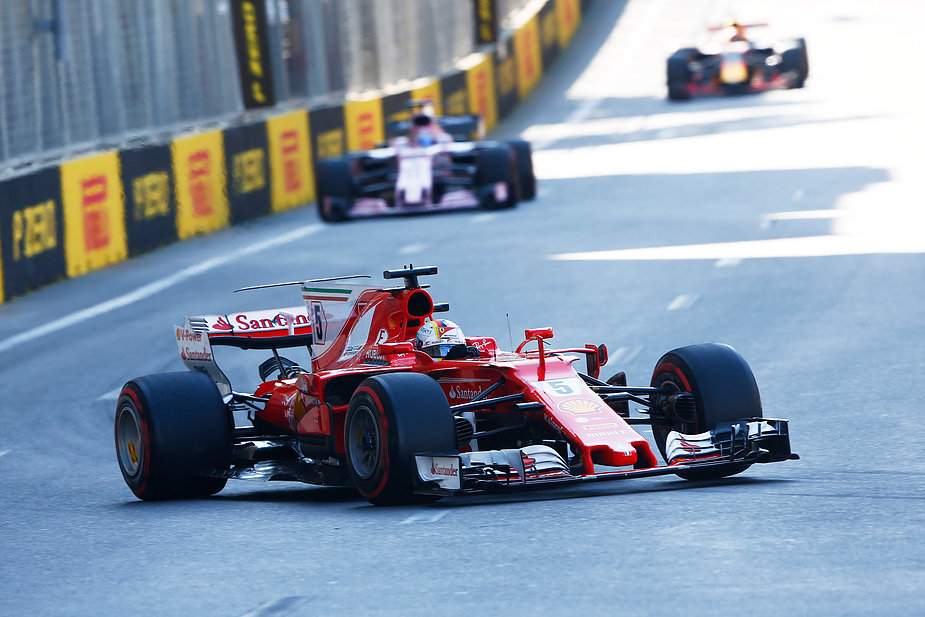Formula One steering wheels are now awash with buttons including engine map settings, brake bias settings and paddles to shift gears. These are all now things we take for granted as Formula One cars become more like computers and get more and more complicated. As with everything in Formula One, it took one piece of genius to set the ball rolling with this technological innovation that we now see as the norm.
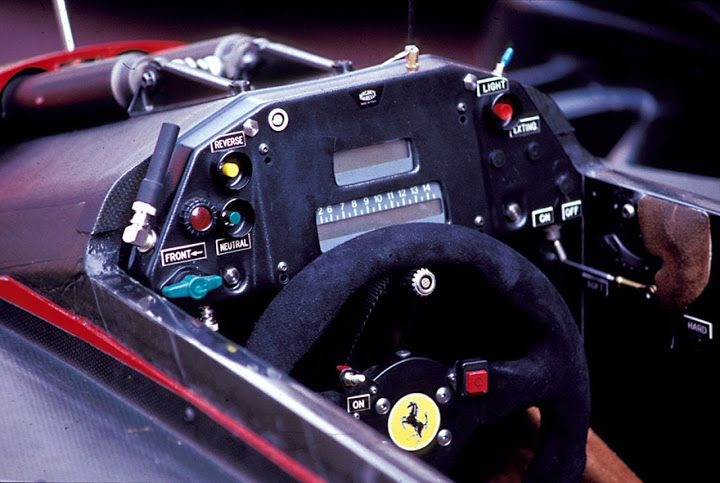
Ferrari have been pioneers for a lot of things in Formula One but one of the most ground-breaking was the semi-automatic, electronic gear shift system that we now know as the flappy-paddle gearbox. After fabled designer John Barnard joined Ferrari from McLaren in 1987, the Englishman quickly set to work on what became Ferrari’s 1989 challenger after arriving too late to influence the 1987 car and reliability issues with new transmission hampering 1988. With 1988 being the last of the turbo years, Barnard wanted to focus in detail on 1989 and beyond.
Formula One cars used to have a clutch pedal and stick shift as are in most road cars and Ferrari’s technical chief felt that the wider cockpits that came with this system unnecessarily increased drag. The system was fist tested during 1988 and hit reliability problems as Ferrari’s pioneering technology encountered the expected hiccups. Despite that, Barnard elected to run the F1-89, or 640, with the revolutionary transmission from the start of 1989, although not expecting it to make the finish of the season-opening Brazilian Grand Prix. Even with the low expectations, the F1-89 was the most eagerly anticipated car of 1989 as teams and drivers watched and wondered about the new technology. Both Williams’ of Thierry Boutsen and Ricciardo Patrese fell by the wayside while Ayrton Senna also hit mechanical strife to leave Nigel Mansell out front.
Mansell wasn’t expected to stay there as in testing the gearbox had only lasted around half a race distance, but to the surprise of many including a large number of Ferrari personnel the Brit held off Alain Prost’s McLaren and the semi-automatic transmission won on debut. That would be the only points for the Scuderia until Round Seven at the French Grand Prix as they sought to solve the gearbox teething problems. The problem was found to be a lack of power from the battery to the electrical gearbox, and results including a further two victories came with reliability as the car proved to be fast.
For 1990 Ferrari challenged for the title with Alain Prost and had a clear head start in electronic transmission, but the years 1991-94 proved to be fruitless and other teams caught up in the new electronic era of Formula One. Every team had electronic gearshift technology by 1995, and the concept is now a staple of the modern motorsport world. The equipment has even made it onto many road cars we use today.
And it all came from a drawing in a workshop in Guildford.

